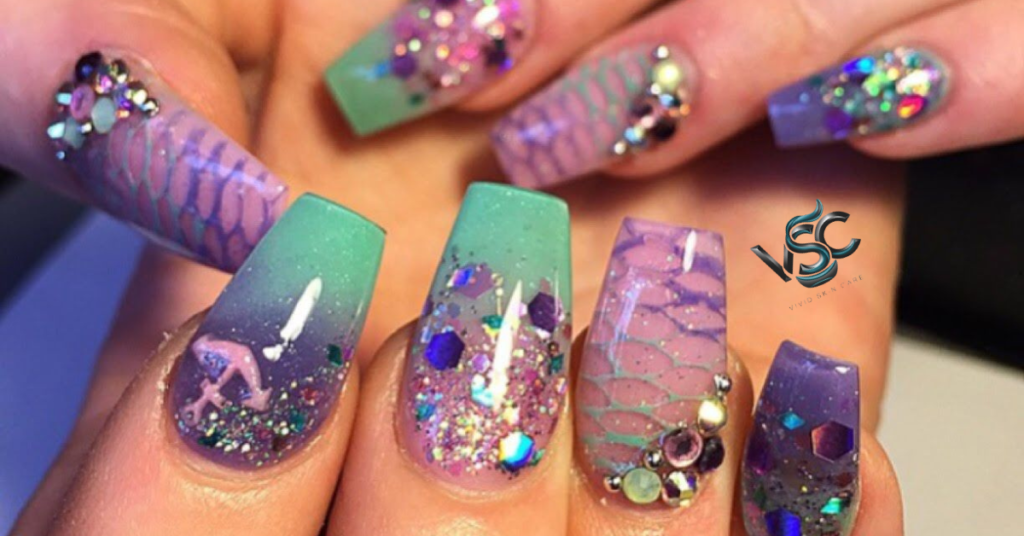Nail extensions are a popular way to enhance the length and appearance of your nails. With a range of options available, choosing the right type of nail extension can be overwhelming. In this comprehensive guide, we will explore the various types of nail extensions, their benefits, and considerations to help you make an informed decision.
1. Acrylic Nail Extensions
Overview
Acrylic nail extensions are among the most popular types of nail enhancements. They involve applying a mixture of acrylic powder and liquid to create a durable, long-lasting nail extension.
Benefits
- Durability: Acrylic nails are known for their strength and resilience.
- Customizable: They can be shaped and painted to fit various styles and preferences.
- Versatility: Acrylics can be used to create different nail shapes and lengths.
Application Process
- Preparation: The natural nails are cleaned and filed to remove any oils.
- Primer: A bonding agent is applied to enhance adhesion.
- Application: The acrylic mixture is applied and sculpted onto the nails.
- Curing: The acrylic is allowed to harden.
Maintenance
Regular fills are required every 2-3 weeks to maintain the appearance of acrylic nails.
2. Gel Nail Extensions
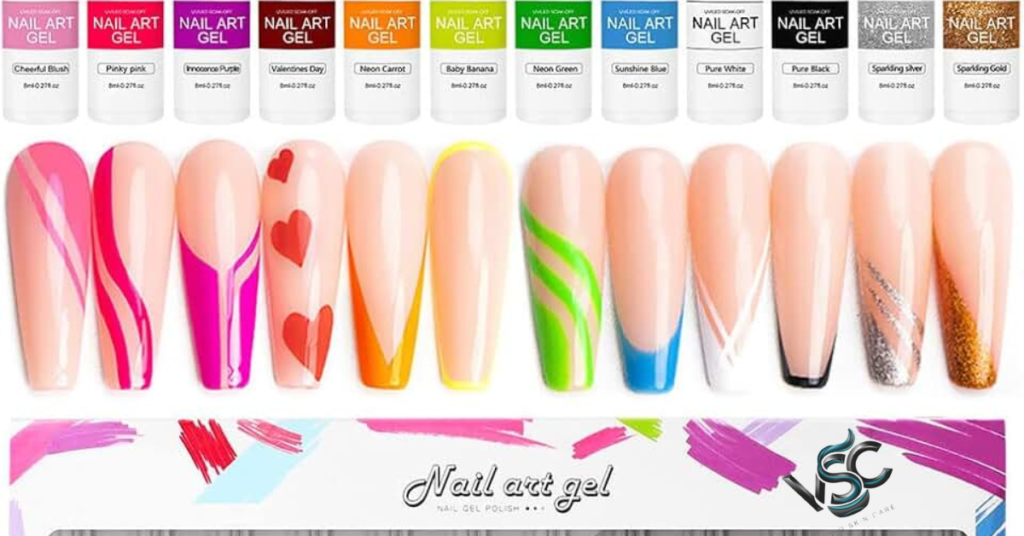
Gel Nail Extensions
Overview
Gel nail extensions use a gel-based product that is cured under UV or LED light. They offer a natural look and feel, making them a popular choice.
Benefits
- Natural Appearance: Gel extensions provide a glossy, natural look.
- Flexibility: They are more flexible and less likely to chip compared to acrylics.
- Quick Drying: Curing under UV or LED light speeds up the process.
Application Process
- Preparation: The natural nails are cleaned and shaped.
- Base Coat: A base coat gel is applied and cured.
- Gel Application: The gel is applied in layers and cured after each layer.
- Top Coat: A top coat gel is applied for a glossy finish and cured.
Maintenance
Gel nails typically need to be refilled or replaced every 2-3 weeks.
3. Polygel Nail Extensions
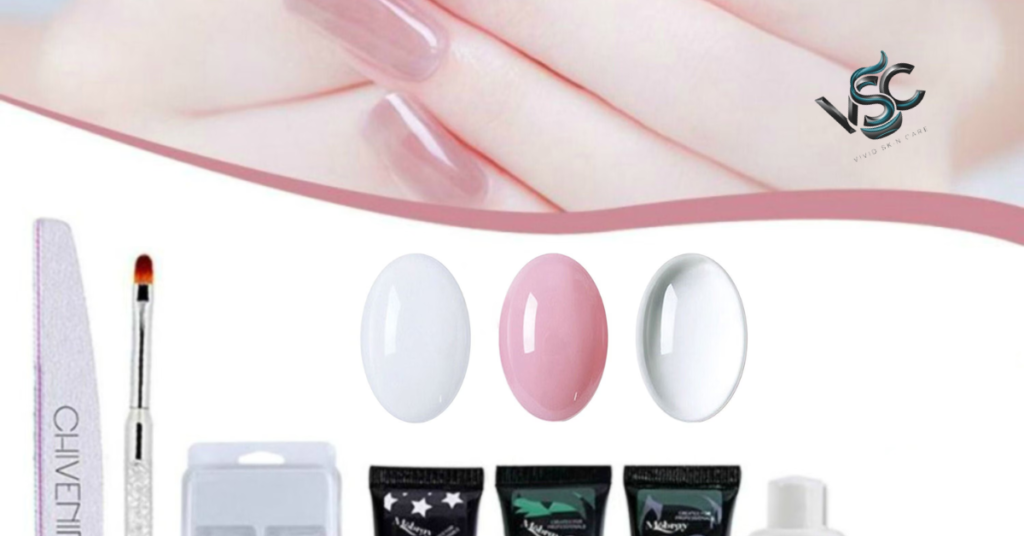
Polygel Nail Extensions
Overview
Polygel is a hybrid nail extension system that combines the best aspects of acrylics and gels. It is a lightweight, flexible product that provides a natural look.
Benefits
- Lightweight: Polygel is lighter than acrylics, making it more comfortable to wear.
- Flexible: Offers more flexibility and less risk of breakage.
- Easy Application: Simplifies the application process compared to traditional acrylics.
Application Process
- Preparation: Natural nails are cleaned and shaped.
- Base Application: A base coat is applied.
- Polygel Application: Polygel is applied and shaped.
- Curing: The Polygel is cured under UV or LED light.
Maintenance
Polygel nails generally require maintenance every 2-3 weeks.
4. Dip Powder Nail Extensions
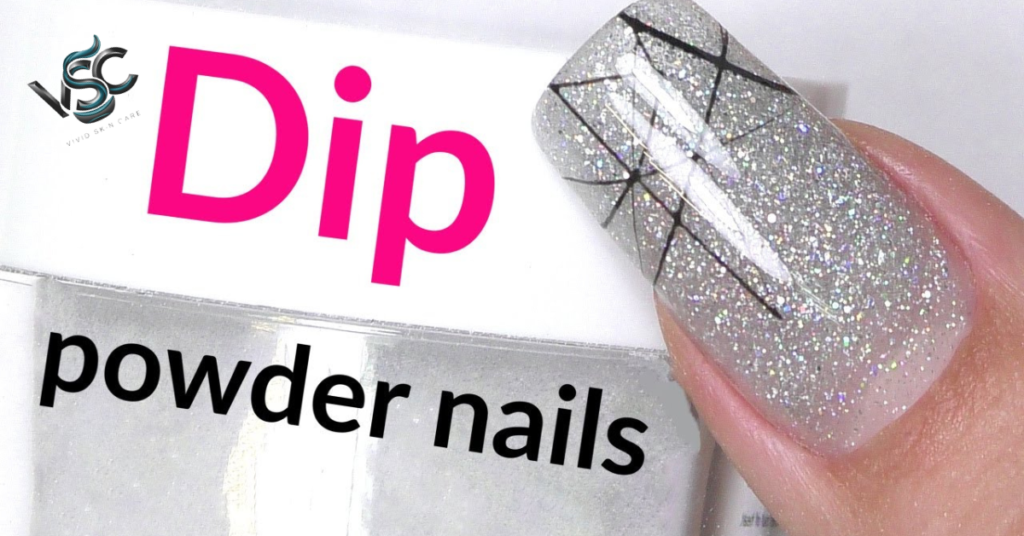
Dip Powder Nail Extensions
Overview
Dip powder nails involve applying a colored powder to the nails and sealing it with a bonding agent. This technique is known for its ease of application and durability.
Benefits
- Durability: Dip powder nails are strong and long-lasting.
- No UV Light: The application does not require UV or LED light.
- Variety: Available in a wide range of colors and finishes.
Application Process
- Preparation: Natural nails are cleaned and buffed.
- Base Coat: A base coat is applied.
- Powder Application: Nails are dipped in powder and sealed.
- Top Coat: A top coat is applied for a glossy finish.
Maintenance
Dip powder nails typically need to be refreshed every 3-4 weeks.
5. Silk or Fiberglass Nail Extensions
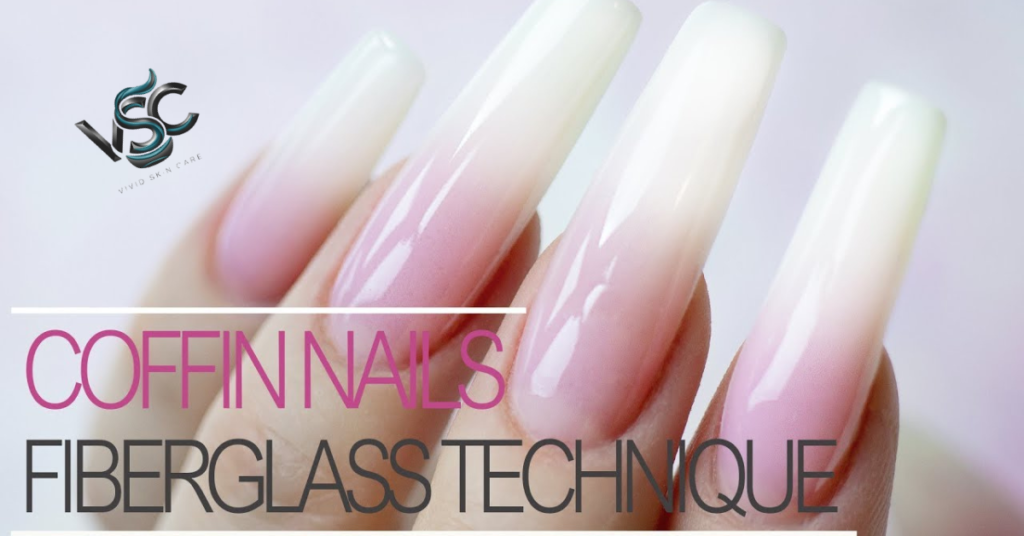
Silk or Fiberglass Nail Extensions
Overview
Silk and fiberglass nail extensions use thin sheets of silk or fiberglass to create a strong, flexible nail extension. This method is less common but provides a natural look and feel.
Benefits
- Natural Look: Provides a natural appearance and feel.
- Flexibility: Offers flexibility and less risk of breakage.
- Less Odor: Generally has less odor compared to acrylics.
Application Process
- Preparation: Natural nails are cleaned and shaped.
- Application: Silk or fiberglass is applied with adhesive.
- Sealing: The extension is sealed with a bonding agent.
Maintenance
Silk or fiberglass nails need to be maintained every 2-3 weeks.
Choosing the Right Nail Extension
Selecting the right type of nail extension depends on various factors, including your lifestyle, nail health, and personal preferences. Consider the following:
- Durability: Acrylics and dip powders are highly durable, while gels and polygels offer flexibility.
- Appearance: For a natural look, gels and silk/fiberglass may be preferred.
- Application Time: Dip powders and polygels often have faster application processes.
Conclusion
Understanding the different types of nail extensions can help you choose the best option for your needs. Whether you prefer the durability of acrylics, the natural appearance of gels, or the convenience of dip powders, there’s a nail extension type that suits every preference. Consult with a professional to determine the best choice based on your lifestyle and nail health.


